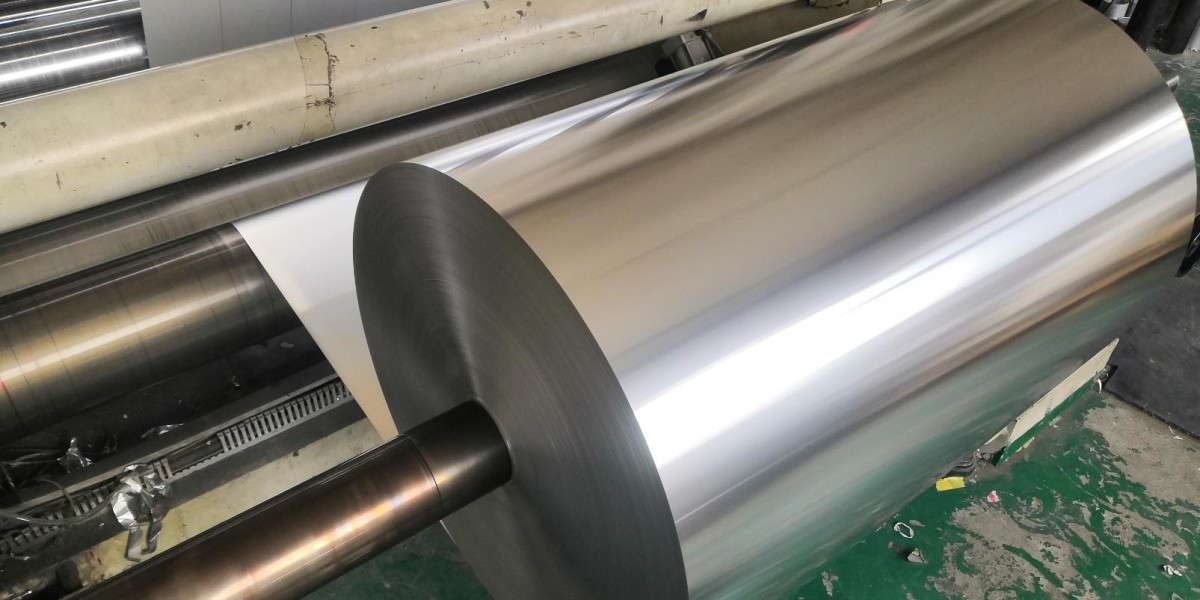3D printing has revolutionized the way we create objects, but one common downside is the noise generated by these machines. The constant whirring, buzzing, and clunking can be disruptive, especially in a home or office environment. Fortunately, there are several strategies you can employ to minimize the unwanted noise produced by your 3D printer.
Choosing the Right Location
One of the simplest yet most effective ways to reduce the noise from your 3D printer is to carefully select its location. Placing the printer on a sturdy, level surface can help minimize vibrations that contribute to noise. Additionally, positioning the printer in a room with soft furnishings, such as carpets or curtains, can help absorb sound waves and reduce overall noise levels.
Upgrading to Quieter Components
Another effective strategy for reducing noise is to upgrade certain components of your 3D printer. For example, swapping out noisy stepper motors for quieter models can make a significant difference. Additionally, installing dampers or vibration-absorbing pads under the printer's feet can help reduce the transmission of noise to the surrounding environment.
Calibrating Your Printer
Proper calibration of your 3D printer can also play a role in minimizing unwanted noise. Ensuring that belts are tensioned correctly, rods are lubricated, and the printer is properly leveled can all help reduce vibrations and noise. Regular maintenance and calibration checks can go a long way in keeping your printer running smoothly and quietly.
Utilizing Enclosures and Soundproofing
For those looking to take their noise reduction efforts to the next level, enclosures and soundproofing materials can be highly effective. Building or purchasing an enclosure for your 3D printer can help contain noise and prevent it from spreading throughout your space. Additionally, adding soundproofing foam or panels to the inside of the enclosure can further dampen noise levels.
By implementing these practical tips and strategies, you can significantly reduce the unwanted noise generated by your 3D printer. Whether you're a hobbyist working from home or a professional in a busy office setting, a quieter 3D printing experience is within reach.








